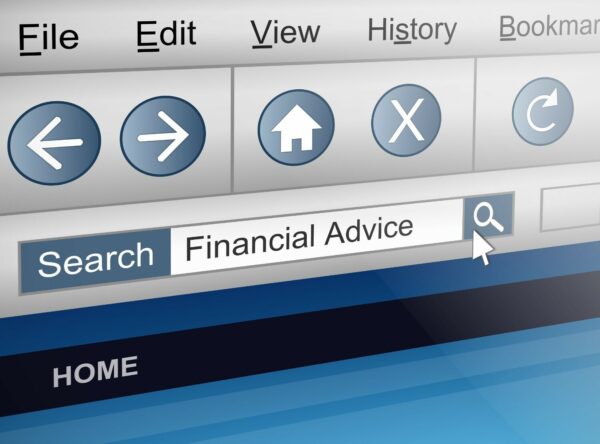Funding Higher Studies: Personal Loan or Education Loan

Indonesia has one of the largest youth populations in the world currently with a whopping 68 million youths between the age of 10 and 24. This creates a huge need to provide good quality higher education to the young. The higher education system refers to all post-secondary education which constitutes vocational, academic, and professional education provided in universities, institutes, polytechnics, colleges, and academies.
Most of the universities in Indonesia are private and hence are costly. As an emerging economy, Indonesia is considered a low medium-income country in its third stage of development, and hence millions of students need assistance when it comes to financing their education. Keeping this in mind, let us discuss the two most sought-after lending options that can be considered for this purpose: Personal loan and Education loan.
A personal loan is a one size fit all lending option that can cater to any kind of need. It has the highest approval rate, needs minimum documentation, and is disbursed much quicker than any other form of lending. An education loan on the other hand is specifically designed to fund higher education only, needs a guarantor, and is generally disbursed to the university as a part of one’s fee.
Similarities between Personal Loan and Education Loan:
– Credit Check: Both the loans need the borrower’s credit history as a part of the application process and it is one of the major factors deciding the loan amount.
– Unsecured Loan: Both loans can be applied for without any collateral in play. Education loan may need a guarantor if the student is not earning.
– Installment payments: Both loans have the option of monthly EMI as a repayment option which makes it easier on the borrower’s expense.
– Lending Bodies – Both loans can be taken either from a bank or private financial lending bodies like UangMe, KoinWorks, Pintek, etc.
Differences between Personal and Education Loan:
– Loan amount: Personal loan amount can be taken up to Rp 300 million and depends upon the credit history and payment history of the borrower. The education loan amount varies according to the college fees, the popularity of the course, work prospect, and repayment ability.
– Interest Rate: The interest rate of a personal loan is higher than that of an education loan.
– Moratorium Period: This is the time (6-12 months) given to a student after the completion of the course to start repaying the education loan. No such time limit applies to personal loans.
– Tax benefits – Education loan payment is eligible for tax benefits. Personal loans do not have any tax implications.
– Disbursement – Personal loan generally gets disbursed in one’s account whereas an education loan gets disbursed directly to the university’s financial aid office.
Pros and cons of education loans:
Pros: Education loan has minimum interest rate to create fewer burdens on the students and also has a flexible repayment tenure which makes lesser EMI every month.
Cons: Education loans can only be used to pay one’s college tuition. It is mostly merit-based and needs a guarantor in certain cases.
Pros and Cons of Personal Loan:
Pros: Multi-purpose loan, flexible amount and gets credited to one’s bank. Hassle-free process and minimum documentation. It can be used to fund education-related miscellaneous expenses like hostel rent and stationary.
Cons: High-interest rate on EMI’s and there is no grace period. The repayment starts from the next month. Has no tax benefit.
Both the loans solve distinct problems when it comes to funding higher education. The choice should always be made basis immediate repayment capability, course popularity, and job prospects after college.




